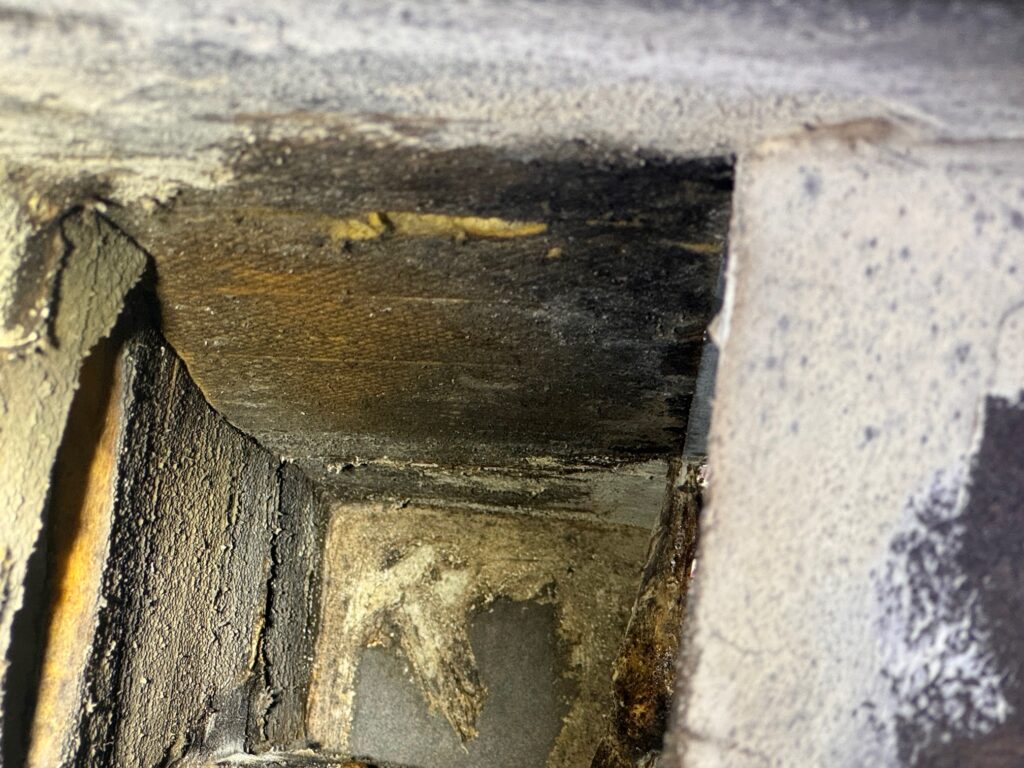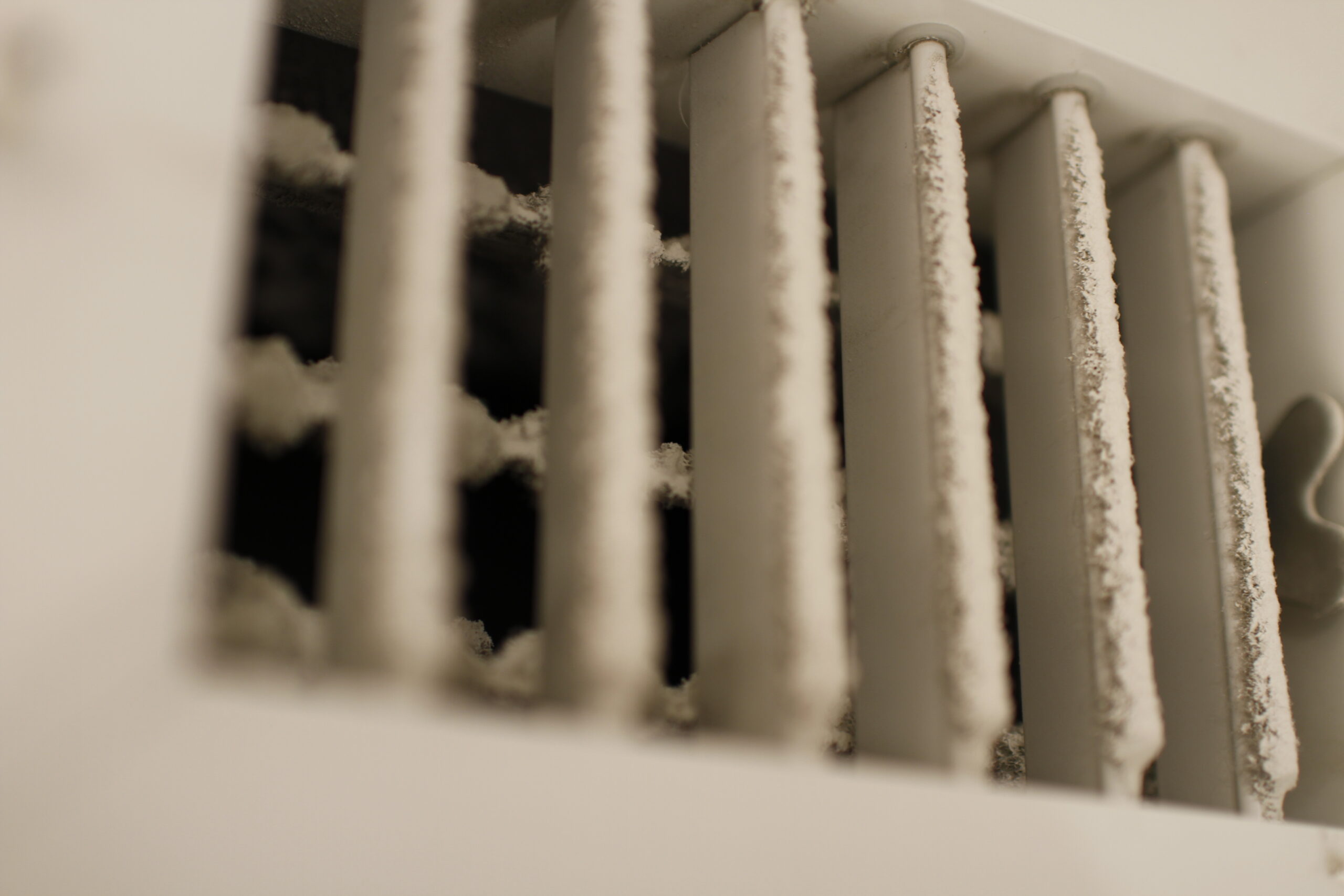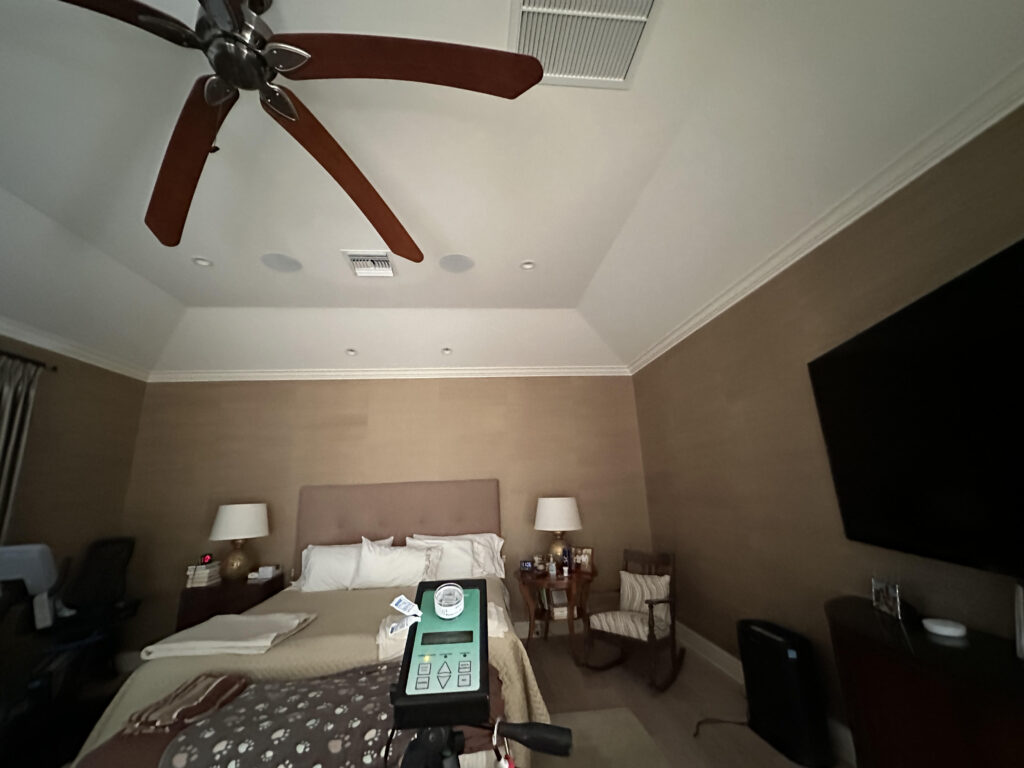If you’ve noticed dust collecting around your air vents or excessive dust in your home despite frequent cleaning, you’re not alone—and it may be more than just a housekeeping issue. Dust buildup around HVAC vents can be a sign of underlying problems in your ventilation or ductwork system, and addressing it could improve not only your indoor air quality but also your overall comfort and health.
This article will help you understand what causes dust around vents, when it’s time to worry, and what steps you should take next.
Common Causes of Dust Around Air Vents
1. Everyday Dust and Lack of Routine Cleaning
Some dust around your supply or return vents is normal. Homes naturally collect dust from skin cells, fabric fibers, outdoor dirt, and other particles. If your air filter is clean and your HVAC system is working properly, light dust buildup isn’t usually a cause for concern. However, if you’re cleaning regularly and still seeing thick dust rings or buildup around vents, it may point to deeper issues.
2. Dirty or Clogged Ductwork

Over time, air ducts can accumulate dust, debris, pet dander, and even mold spores. If these particles are being pushed into your living spaces, they’ll often settle around the vents. This is a common sign that your ducts need cleaning—especially if it’s been several years since your last service.
NADCA, the National Air Duct Cleaners Association, recommends having your air ducts cleaned every 5 to 10 years, depending on the system, occupants, pets, and environmental factors.
3. Leaky Ducts Pulling in Contaminants
Leaky ductwork in attics, crawlspaces, or wall cavities can pull in dust from unconditioned or dirty areas. That unfiltered air gets redistributed through your HVAC system, bringing more dust—and sometimes mold spores or insulation fibers—into your home. This type of leak can also reduce HVAC efficiency, driving up your energy costs.
4. Poor Filtration or the Wrong Air Filter
Using the wrong type of air filter, or not replacing your HVAC filter regularly, can allow excessive dust and pollutants to circulate freely. In homes with pets, construction dust, or allergy concerns, a high-efficiency filter (like a MERV 11–13 or HEPA-rated system) may be more appropriate.

5. Neglected HVAC Components
Dust buildup in blower fans, coils, or the air handler can release fine particulate matter into your air supply. Even if your ducts are clean, a dirty HVAC unit can contribute to dust around vents. This is why a full-system inspection is often necessary to get to the root of the problem.
Why Excessive Dust Is More Than a Cosmetic Issue
Dust isn’t just an annoyance—it can also signal poor indoor air quality (IAQ). If you or your family members suffer from allergies, respiratory issues, or frequent illness, dirty ducts and excess airborne particles could be playing a role. According to the EPA, indoor air can be two to five times more polluted than outdoor air, especially in tightly sealed homes without proper filtration and ventilation.
What to Do If You’re Noticing Dust Around Vents
Here’s a step-by-step approach to resolving the issue:
-
Inspect Air Filters: Check the condition and type of filter you’re using. Replace or upgrade if needed.
-
Check for Duct Leaks: Look for disconnected joints or crushed ductwork, especially in attics and basements.
-
Schedule a Duct Cleaning: Have your ductwork professionally inspected and cleaned, particularly if it’s been more than 5 years or if you’ve done major renovations, had pests, or recently moved in.
-
Evaluate IAQ: Consider getting an indoor air quality assessment. This can identify issues like high particulate matter, VOCs, or humidity imbalances.
-
Upgrade to a Whole-Home Filtration System: If dust is a recurring problem, a more advanced filtration or air purification system may be needed.
When to Call the Professionals
At GreenFox Air Quality, we specialize in comprehensive air duct inspections and cleaning services that follow NADCA standards. We don’t just clean ducts—we assess the entire HVAC system to uncover issues like microbial growth, blocked airflow, or leaky ducts that could be impacting your home’s air.
With advanced tools like HEPA-filtered vacuums, camera inspections, and IAQ testing, we make sure your air system is clean, efficient, and safe. Whether you’re seeing dust buildup, experiencing allergy symptoms, or just want peace of mind, our team is ready to help.
SEO-Optimized Keywords for Readers Like You
This article is tailored for homeowners searching terms like:
-
“Dust around air vents”
-
“Why is there so much dust in my house?”
-
“Do I need duct cleaning?”
-
“Signs of dirty ductwork”
-
“HVAC dust problems”
-
“Indoor air quality testing near me”
-
“Best air filter for dust”
-
“Leaky air ducts and dust”
-
“How often should I clean my air ducts?”
-
“Dust in vents causing allergies”
If you’ve typed any of those questions into Google, you’re exactly who we created this guide for.
Final Thoughts: Don’t Just Wipe It Away
Dust around vents isn’t just a surface issue—it could be a sign of a larger problem with your HVAC system or indoor air quality. Regular maintenance, proper filtration, and professional duct cleaning are key to keeping your home clean, healthy, and efficient.
If you’re tired of cleaning dust off every surface—or worried about what it might mean—contact GreenFox Air Quality today to schedule a consultation or duct inspection. Let’s get your air system working cleanly, safely, and properly.


